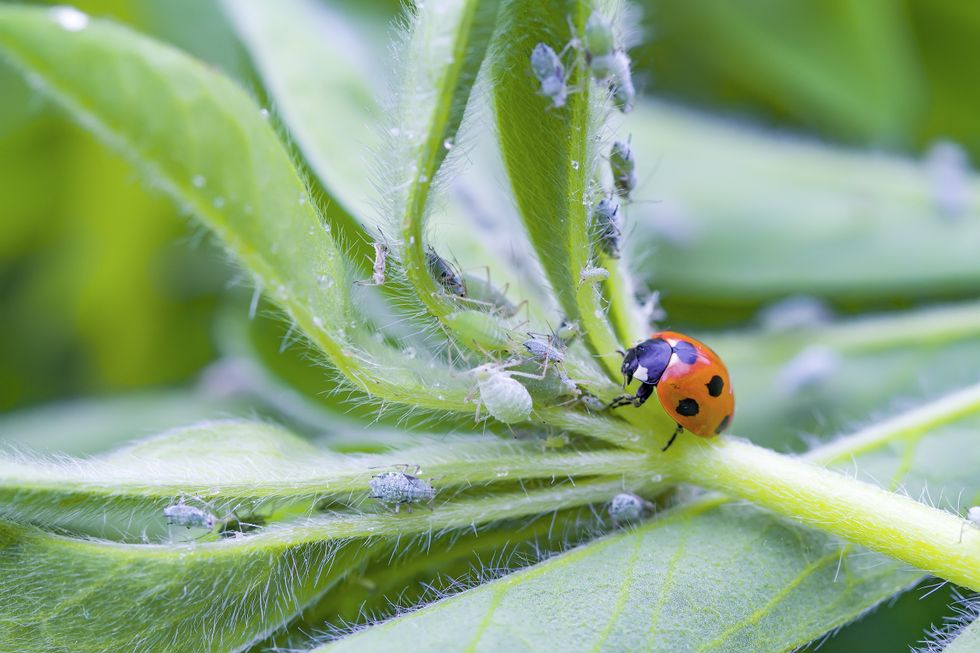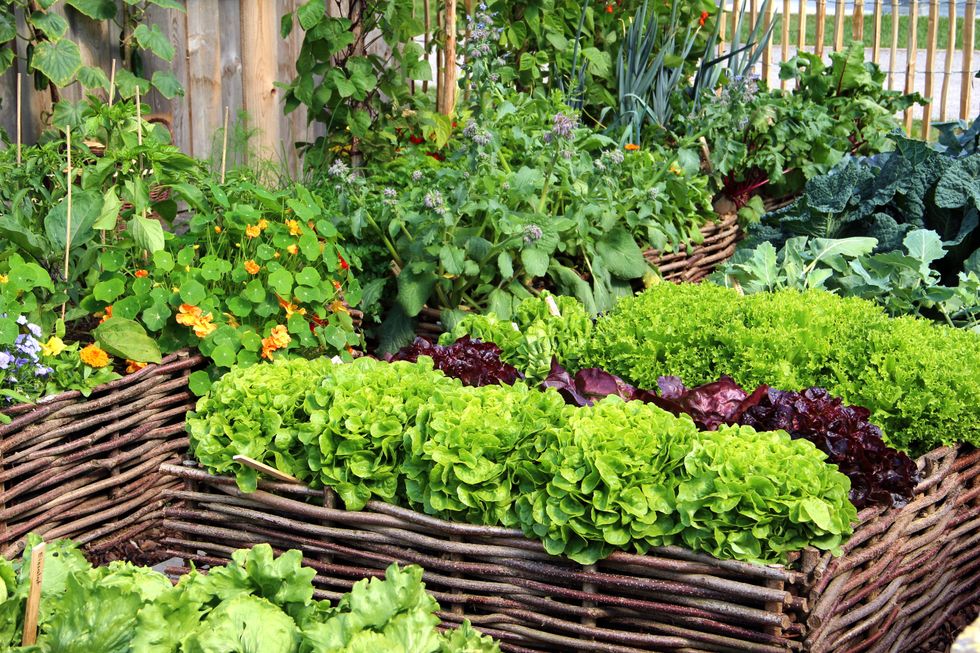Florist shares favourite planting technique to banish pests - 'Improve harvest and health'
The gardening guru applauded the strategy for its ability to repel garden beasts as well as its additional culinary value
Don't Miss
Most Read
While the UK enjoys some fluctuating temperatures accompanied by intermittent rain showers, gardeners could be in for a perpetual pest problem.
The mixture of wet soil and toasty climes tends to attract all sorts of unwanted visitors to gardens everywhere, from flies, slugs, ants and the smaller, yet just as malicious, aphids.
However, a well-established and popular strategy - companion planting - deployed by veteran gardeners can help to ward off creepy crawlies.
By planting two or more specific plants next to one another, they can benefit from each other in different ways.
In fact, companion planting is an effective way to save space and provide physical support as well as reduce disease and pest problems.

The recent mixture of wet soil and toasty climes is likely to attract all sorts of unwanted visitors to your garden
|GETTY
Speaking to GB News, florist Gloria Sims shared: "Growing basil next to tomatoes is one of my personal favourites because of its culinary value and ability to repel pests.
"When basil is planted 12 inches or so away from tomato stems, it doesn't compete for resources and naturally deters flies, thrips, and mosquitoes.
"By altering the chemical makeup of tomatoes as they ripen, basil may even enhance their flavour, anecdotally and according to some research.
"I frequently surround my tomato cages with a number of basil plants, and the scent they emit fills the garden. This combination simultaneously improves the final harvest, garden scent, and plant health."
LATEST GARDENING TIPS AND TRICKS:
However, President of Black Pest Prevention Nicole Carpenter offered an alternative option for those looking to defend their vegetable crops from thieving critters.
"Sometimes you don’t need flowers or herbs at all because certain vegetables repel each other's pests and don't 'argue' with each other," she explained.
Planting carrots with onions, cabbage with celery, cucumbers with radishes, and lettuce with beets are popular pairings.
But the expert advised that when planting two vegetables together, enough space must separate each plant.

Each vegetable attracts different pests, so flowers and herbs should be matched to yield the best results
|GETTY
Providing an insider tip, she added: "But flowers or herbs are still better at protecting vegetable beds and attracting beneficial insects - vegetables themselves don’t attract beneficial insects like ladybugs. Plus, flowers and herbs are easier to tuck in between rows.
"Each vegetable tends to attract specific pests, so you should match the flower or herb to the pest you're trying to deter," she advised.
Top herbs for deterring pests
- Chives combat carrot flies effectively, so they are best paired with carrots, parsnips and celery.
- Basil wards off aphids and tomato hornworms. It's best placed at the base of the plant or separated between several plants.
- Lavender deters aphids as well as moths, benefiting lettuce, spinach, and other leafy greens.
- Marigolds repel aphids, whiteflies, and nematodes - so they can benefit all sorts, from beans, tomatoes, carrots and cucumbers.
- Calendula entices ladybugs and hoverflies that target aphids, so, similarly, planting this herb can benefit plenty of garden vegetables when nearby.
Nicole concluded: "Even though there's no one plant that solves all problems, marigolds, calendula, basil, and chives are very close to 'universal defenders' because they repel a wide range of pests, including the most common in gardens like aphids, whiteflies, and spider mites."










